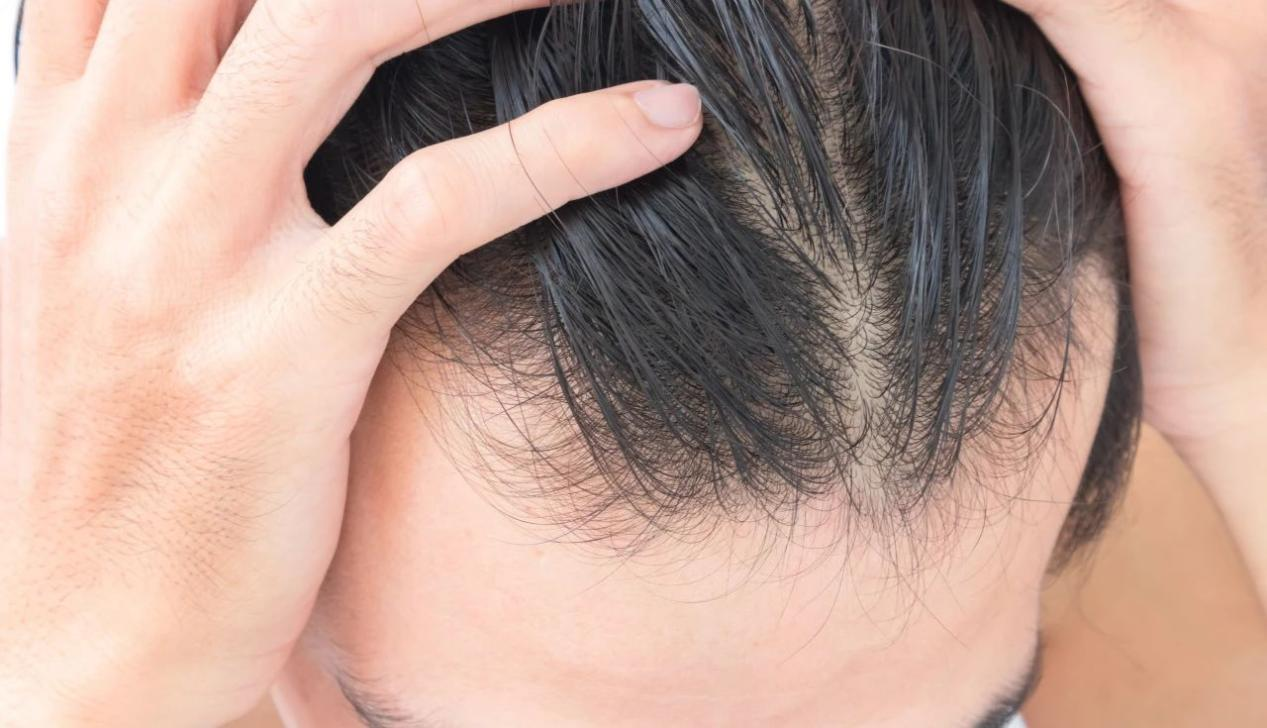
In recent years, hair loss has garnered increasing attention, with androgenic alopecia (AGA) being one of the most prevalent forms, affecting a significant portion of the population. Various systemic treatments for AGA exist, including classical medical treatments (such as minoxidil and spironolactone), hair transplant procedures, and emerging therapies like low-energy laser therapy (LLLT) and its combination therapies. Advances in science and technology have demonstrated the potential and value of LLLT in addressing hair loss.
However, new treatments often come with controversy and skepticism. Is LLLT a legitimate treatment or merely a marketing ploy? LLLT is certified by multiple countries and has been proven effective for treating hair loss. Also known as low-intensity laser therapy or photobiomodulation therapy, LLLT offers advantages such as being painless, non-invasive, highly safe, and having fewer adverse reactions compared to traditional drugs and physical therapies.
In 2007 and 2010, the US FDA approved LLLT for treating male and female androgenic alopecia. The "Guidelines for the Diagnosis and Treatment of Androgenic Alopecia in Chinese People" published in 2019 classified and statistically analyzed various treatment methods for AGA. LLLT was found to have the same level of evidence and recommendation as hair transplantation. The 2024 Expert Consensus on Treating Androgenic Alopecia with Low-Energy Lasers noted that this method has been clinically used for over a decade, demonstrating high efficacy and safety. It has been incorporated into the recommended treatment plans in Europe, Japan, and China and is widely applied in clinical practice.
Regarding the effectiveness of LLLT, it can control sebum production, improve the microenvironment of hair follicles, and promote hair growth. A 2022 clinical study involving 1,383 patients with AGA showed that LLLT helmets achieved an overall clinical effectiveness rate of nearly 80%. This is because low-energy lasers with wavelengths between 650-900nm and power as low as 5mW/cm² can stimulate hair follicles to re-enter and prolong the growth phase, thereby promoting hair growth and improving hair loss. Single-use LLLT can thicken hair and control sebum production.
A study on treating male and female hair loss with LLLT divided patients into three groups: Group A received only LLLT; Group B received only minoxidil; Group C received LLLT combined with drugs. After six months, all three groups showed significant improvements in hair density and diameter. Notably, Group A exhibited a more pronounced effect on sebum control, while the minoxidil group did not show this effect.
JimenezJJ et al. conducted a clinical study on the efficacy and safety of LLLT devices in treating male and female hair loss, involving 141 women and 128 men with AGA who underwent LLLT for 8-15 minutes three times a week for 26 weeks. Results indicated overall improvements in hair thickness or fullness after LLLT, with no significant changes in the control group. This suggests that LLLT is effective for both male and female AGA.
Combining LLLT with drug therapy significantly enhances treatment outcomes. LLLT can accelerate scalp blood circulation, promote new blood vessel formation, regulate sebum secretion, and increase nutrient or drug absorption by the scalp. When combined with minoxidil, spironolactone, and other drugs, the efficacy surpasses single-drug therapy, achieving a synergistic "1+1 > 2" effect.